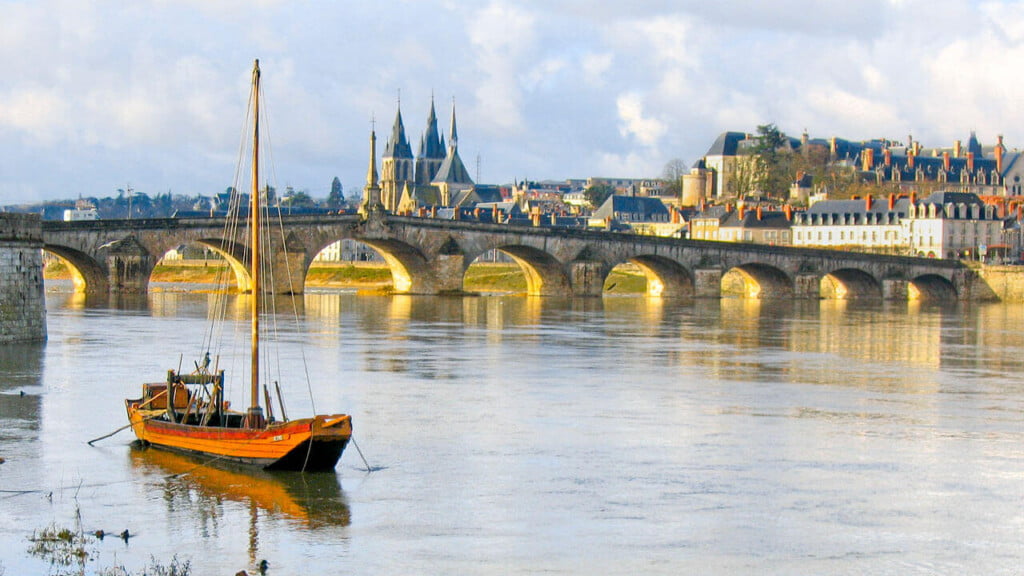When we visited Athol House in July 2019, we used a piece of music by French composer Joseph Canteloube (1879-1957), called Songs of the Auvergne, as our project inspiration.
Joseph Canteloube was born in the Auvergne region of France, and his most famous pieces are the Songs of the Auvergne, which he wrote over seven years. They are arrangements of songs in the local Auvergne language, called Occitan. You can find many recordings of them on Spotify and YouTube.
One of the most famous songs from Canteloube’s set is “Bailero.” This is a beautiful, lush description of a river scene using instruments and other resources you might have available. It will need several people to each play a different element of the sound picture.
Setting up the activity
You’ll need:
- Several participants, one of whom could be the conductor
- Any instruments you have – one per person
- A big sheet of paper if you’d like to write down the order of the piece as you create it
- If you have iPads with music apps such as Thumbjam and / or Garageband, these can be used too (programme the key of C major pentatonic, or C major, and get participants to decide what instrument sounds they think are most river-like!)
Thumbjam
To select the key of C, tab the #b key near the top right, the select C.
To make the scale pentatonic, tap the Sound key on the top left, then Change Scale, then select Major Pentatonic.
Garageband
To select the key of C Major tap the spanner button near the top left, then then Key Signature, then C.
To change each of the chord strips to C major, tap on each one in turn, tap the spanner button on top right, then Edit chords. Make sure each chord is set to C Maj None None.
Running the activity
Start by introducing Canteloube’s song, listen to it and explain it is a girl calling across the river, to a shepherd, whom she wants to join her on her side of the river. Explain that the group will create their own river music.
Explain each of the elements of the soundscape below, and let participants choose which elements they would like to play, and which instrument they want to evoke that sound.
The soundscape elements:
- The river: in the background, all the time the river flows
- For this choose an instrument which can be played gently and continuously: Bells, chime bars, glockenspiel, for instance, or even wind chimes gently played with fingers
- Some fish in the river, having a conversation
- Use a couple of wooden instruments, such as woodblocks or guiros (scrapers). Encourage participants to take it in turns, copying each other, as if they’re having a conversation.
- Wind in the trees
- Shakers could be used for this, but the wind might sometimes blow strong and loud, and sometimes more gently. If more than one participant plays these, they can work together to create louds and quiets following each other.
- Splashing in the river
- If you have any bigger instruments (drums and cymbals, for instance), they could be someone splashing or even falling in the river. The players should try to co-ordinate to play together and to stop together.
- If you have iPad apps such as Thumbjam and Garageband:
- Thumbjam: find a gentle sound which could be the river flowing and set the key for C major pentatonic, or C major. The player runs their finger back and forth across the notes.
- Garageband: choose a string sound, and the chord of C major. The player could either be the river in the background (which would mean stroking the playing area up and down) or could be splashing in the river – which would be tapping instead to create a short sound.
Creating a piece
Collectively the group can decide on the order of the elements. It could look something like this:
- River starts
- Wind in the trees start, gently, gets louder, goes back to gentle again (river continuing)
- Fish conversation 1 (river and wind continue)
- Fish stop, river continues, wind gets louder again
- Splashing in the river (river continues, wind loud)
- Splashing and wind get quieter and stop (river continues)
- Fish conversation 2 (river continues)
- River fades away
- Finish
The conductor could indicate which players start and stop, or could just point to the order of the piece you have created if it is written on a piece of paper.
Explore more
- If you wanted to add a further element, you could create a conversation across the river between the girl and the shepherd!
- You could introduce pictures of rivers to help participants picture the scene, or even tactile props like a long piece of blue material to be like the river flowing
- You can listen to more of Canteloube’s Songs of the Auvergne for more folk songs from the region
